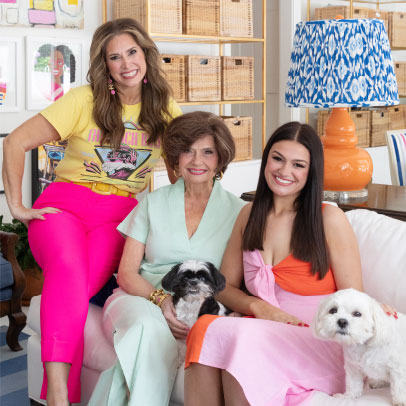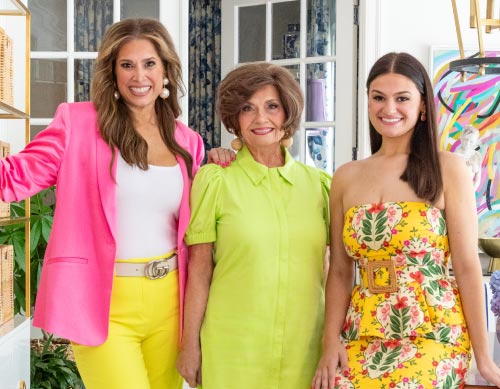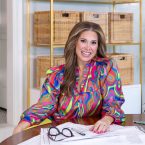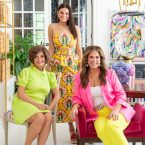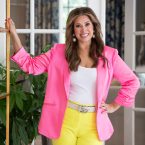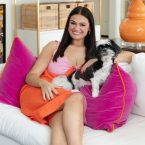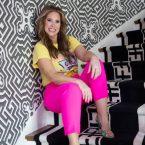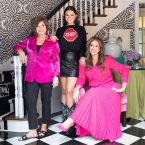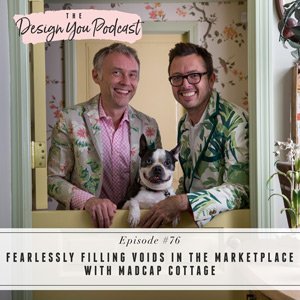
I have two amazing guests on the show this week that I am so pumped to bring you! If you have been feeling worried about the ever-changing design industry, or feeling overwhelmed thinking about how to reimagine your business, you have come to the right place.
This week, I have Jason and John from Madcap Cottage on the podcast to share their insights on what it really takes to build the kind of empire they have, and how they’re looking forward into the future in such a fearless way. If you don’t know who they are, Madcap Cottage is a global lifestyle brand known for its whimsical, sophisticated use of color, prints, and patterns paired with an overarching spirit of accessible fun, which is exactly what you’ll be experiencing as you listen in today.
I am so inspired by their belief that limits simply don’t exist, and they are so open to possibilities that I hope it drives you to look for ways to expand your own business. That said, they also share some real truths about what it takes to keep the flame burning and how they’ve been innovative in keeping their business alive that I think will be really useful to you too!
If you want the chance to ask Jason and John questions yourself, head over to the Design You Podcast community on Facebook! I’ll be having them in there doing a live Q&A soon and you do not want to miss it!

